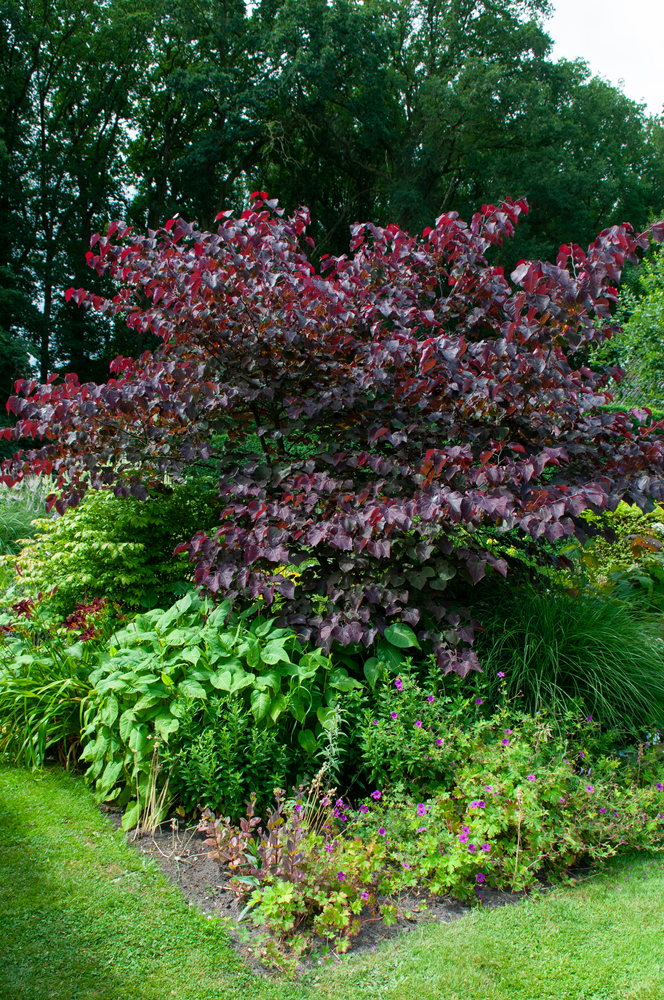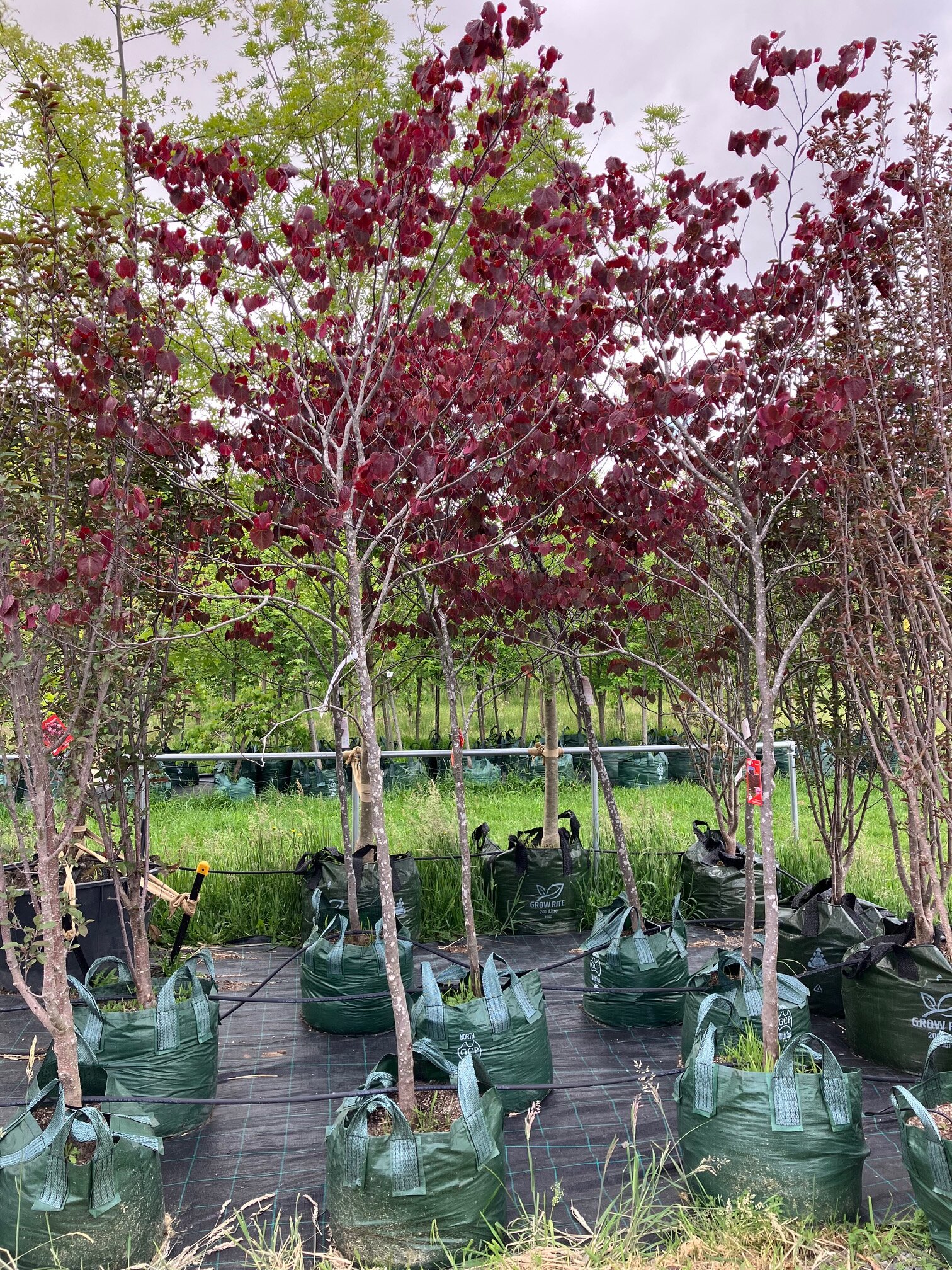Cercis Forest Pansy 45L TREES DECIDUOUS
$230.00
Cercis is a genus of deciduous trees and shrubs in the family Fabaceae, native to temperate regions of the Northern Hemisphere. Here are some horticultural notes on the genus Cercis:
Growing conditions: Cercis species prefer full sun to partial shade and well-drained soil. They are adapted to a range of climates and can tolerate periodic periods of drought.
Propagation: Cercis can be propagated from seed or by cuttings. Seeds should be sown in the fall or stratified before sowing in the spring. Cuttings can be taken in the summer and rooted in a well-draining soil mix.
Watering: Cercis should be watered deeply and regularly, especially during hot, dry weather.
Fertilizer: Cercis trees benefit from regular fertilization with a balanced fertilizer. Fertilizer should be applied in the spring and fall.
Pruning: Prune Cercis trees in the late winter or early spring, before new growth begins. Remove any dead or crossing branches. Thin out the center of the tree to promote air circulation.
Pests and diseases: Cercis trees are relatively disease-free. However, they may be susceptible to some pests such as the cercis borer and the cercis leafhopper. Regular monitoring and treatment with insecticides and horticultural oils may be necessary.
Uses: Cercis species are often used for ornamental purposes, such as in landscaping or as specimen trees. They produce showy, small flowers in the spring, followed by heart-shaped leaves that turn a striking range of colors in the fall. The wood of some species is used for construction, furniture, and other woodworking purposes. Additionally, some species of Cercis have traditional medicinal uses, and are used to treat various ailments including inflammation and respiratory infections.
Out of stock
Description
- Family Name: Aceraceae
- Origin: Asia
- Characteristics:
- Foliage Colours: Purple, Red
- Flower Colours: Insignificant
- Flower Fragrant: No
- Flowering Season: :N/A
- Fruit: Yes
- Landscape Use(s): Borders / Shrubbery, Container / Pot, Cottage Garden, Courtyard, Feature, Foliage Feature / Colour, Formal Garden, Mass Planting, Parks
& Gardens, Rockery, Shade Tree, Tropical Garden
- Pest & Diseases: Generally Trouble Free
- Plant Care: Annual Slow Release Fertiliser, Keep Moist During Dry Periods, Mulch Well
- Requirements:
- Growth Rate:
- Maintenance Level:
- Water Usage:
- Tolerances:
- Drought:
- Frost:
- Wind:
- Cultural Notes: Prefers a moist, well drained soil. Needs protection from hot winds and regular irrigation in dry periods. Does not transplant well. Performs
best in part-shade in a sheltered position.



